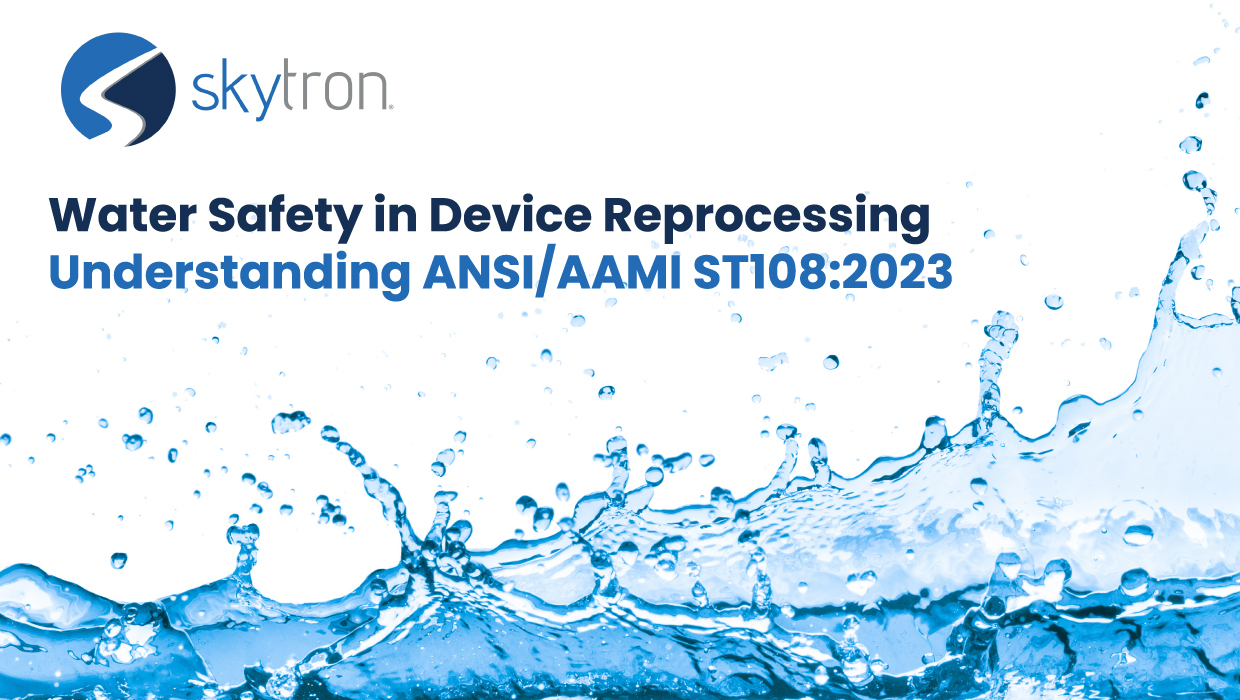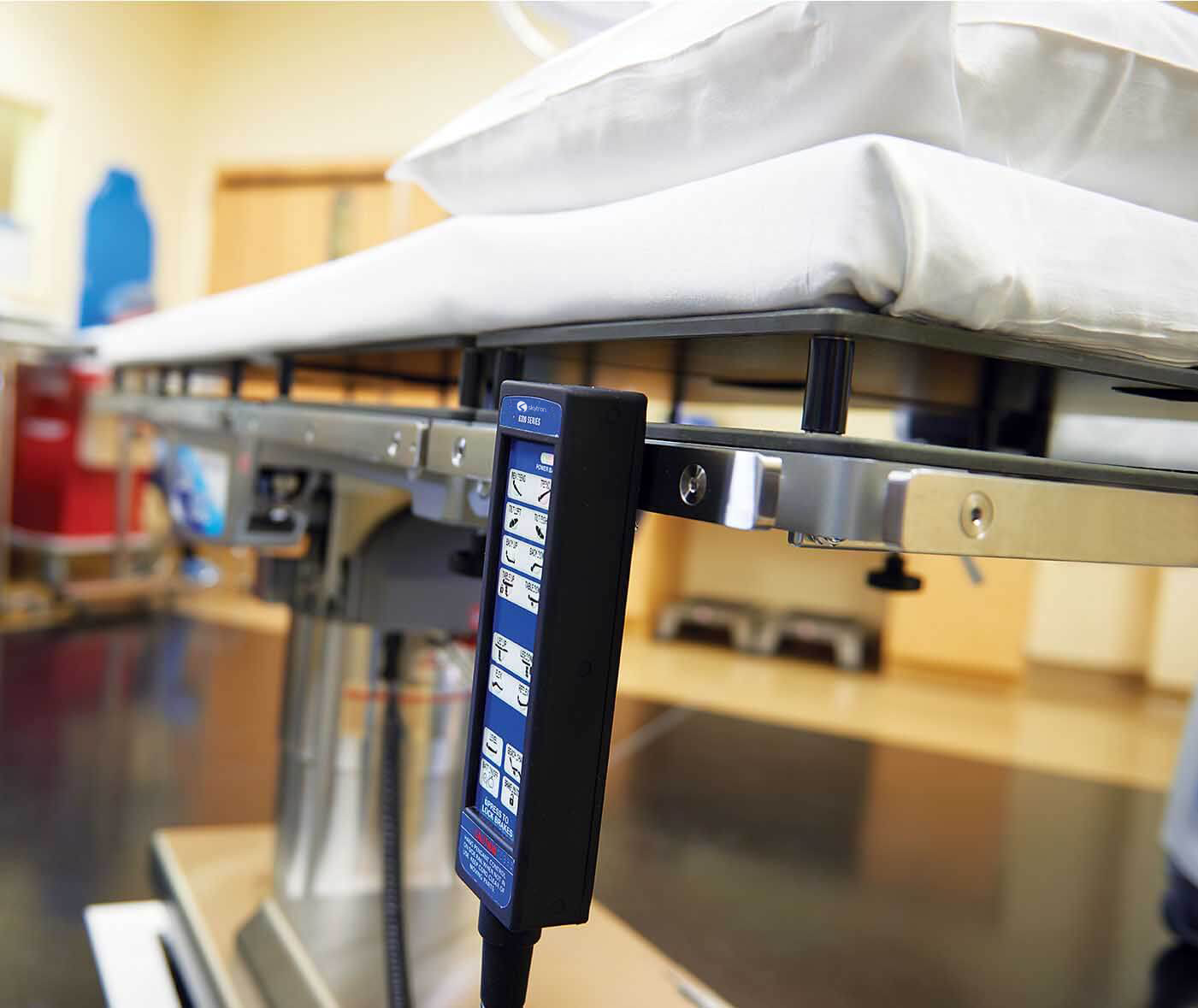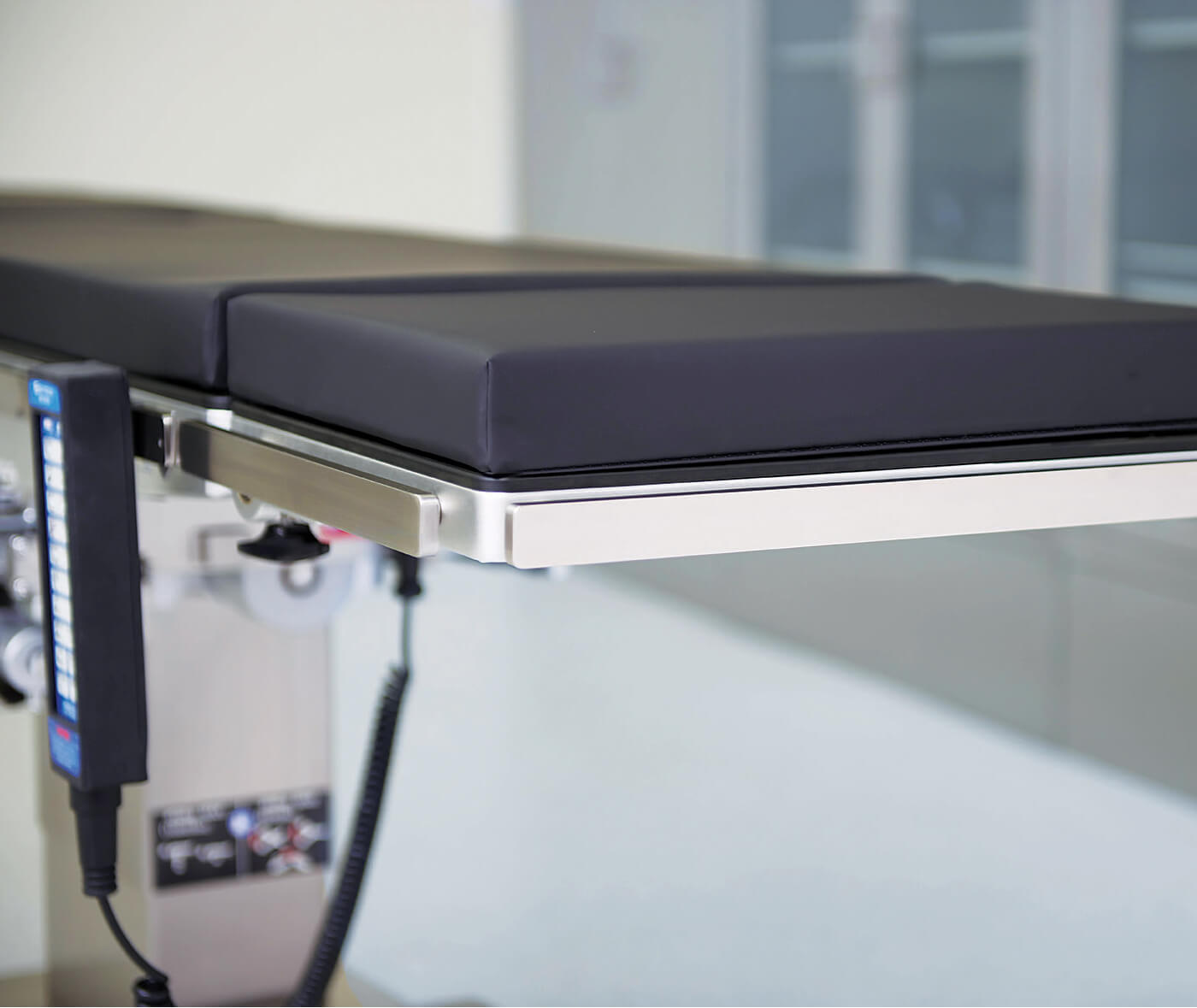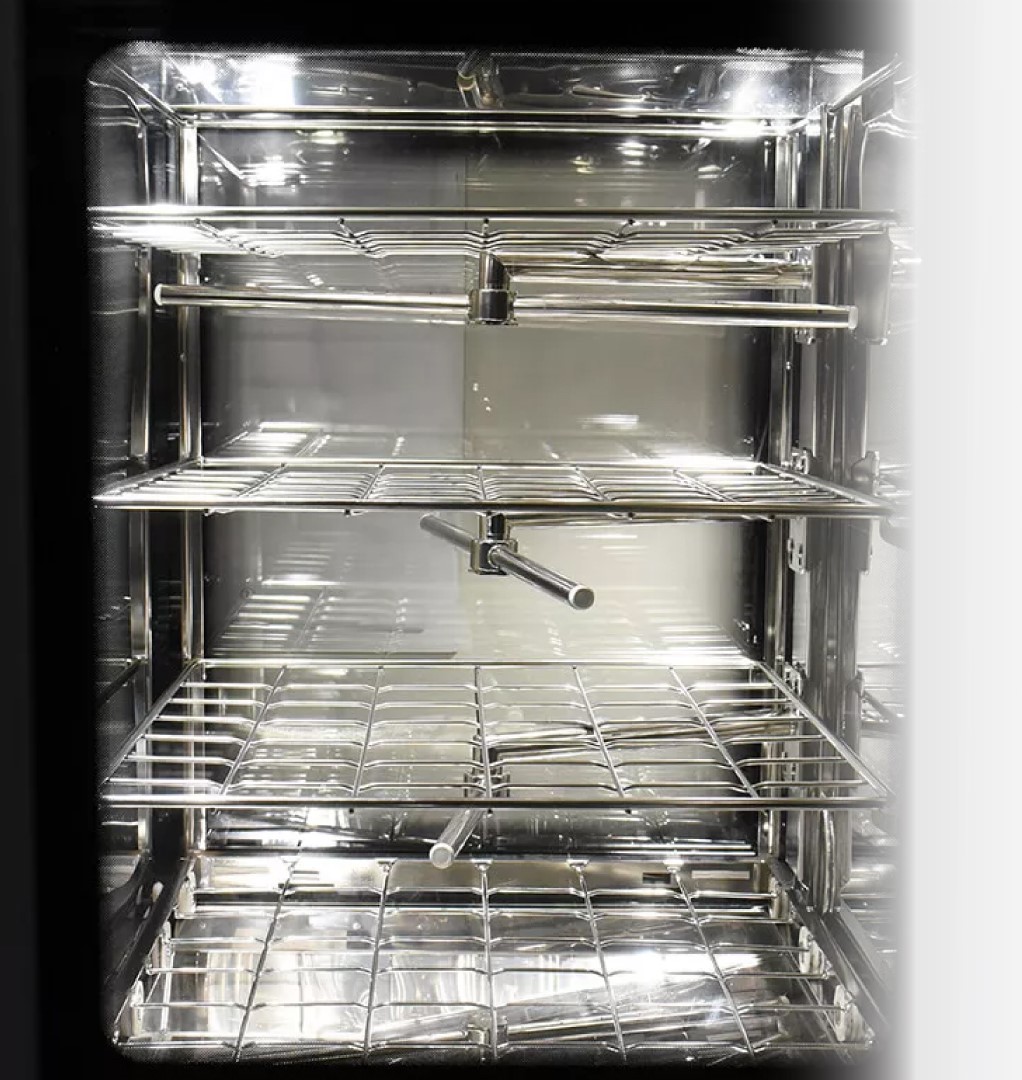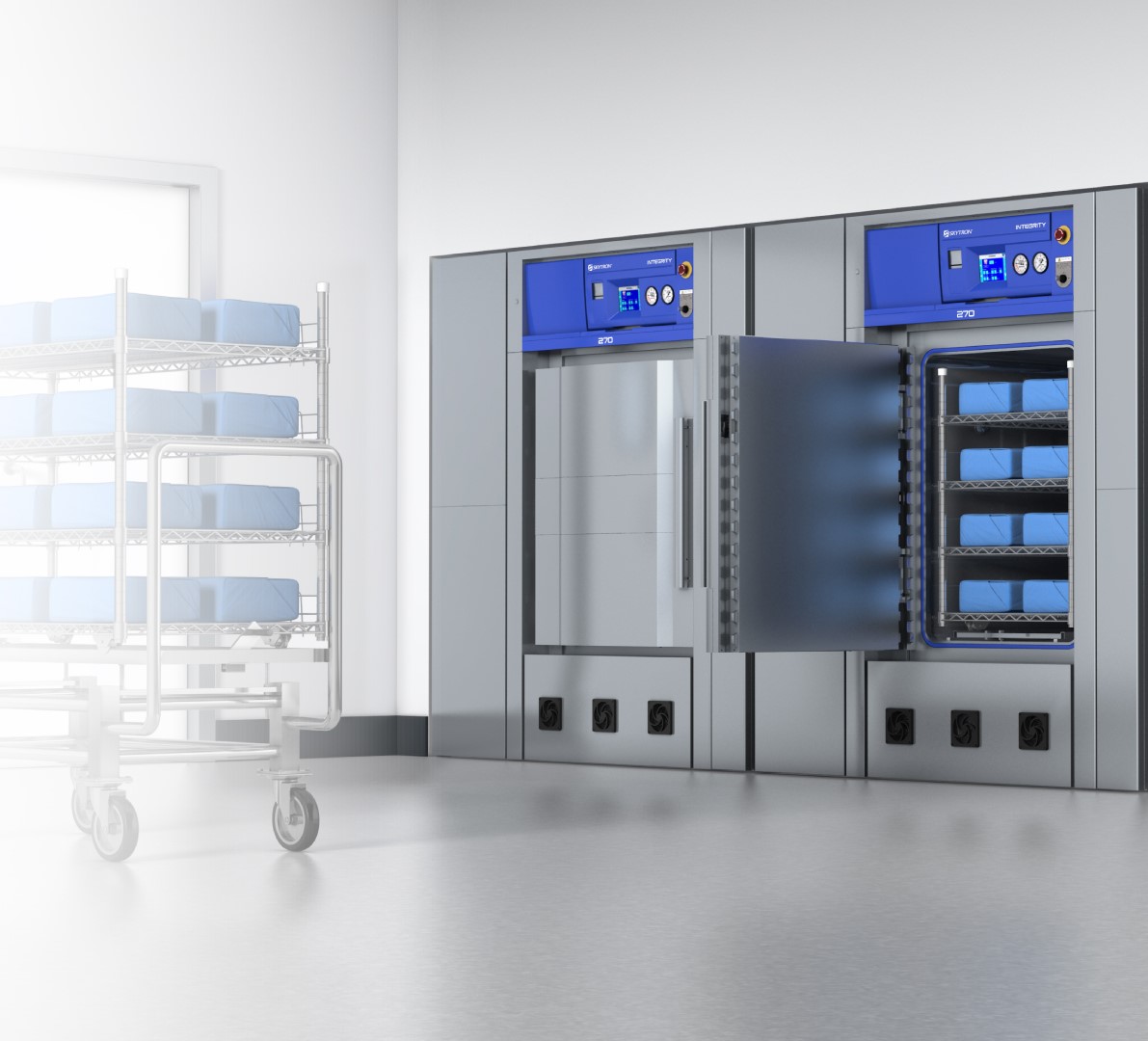
-
Written ByRebecca Kinney
-
PublishedMay 3, 2024
Debunking some common misconceptions and discuss four primary reasons why wet packs in your Sterile Processing Department (SPD) are happening in the first place.
We all know that wet packs aren’t acceptable under any circumstances and are considered non-negotiable in sterile processing. They can harbor bacteria and cause logistical headaches including reprocessing delays, increased workloads, and case interruptions. This newsletter is about understanding why wet packs occur and implementing effective solutions. We will debunk some common misconceptions and discuss four primary reasons why wet packs in your Sterile Processing Department (SPD) are happening in the first place.
Misconceptions About Wet Packs
A common misconception is that since water can be sterilized, wet packs do not pose a contamination risk. This is false. Regardless of its sterility, moisture can act as a conduit for microorganisms to infiltrate sterile packs. External moisture often results from issues within the steam supply system or condensation from metal items stored above. Internal package moisture typically arises from improper loading techniques in the autoclave, allowing moisture to seep out and compromise sterility.
Four Primary Causes of Wet Packs
- Operator Error: Overloaded sterilizer, wrong sterilization cycle, or loading carts incorrectly (caskets above peel packs, for example).
Solution: Adequate training and adherence to best practices. Operators should avoid overloading the sterilizer and ensure unobstructed air and steam circulation. Selecting the correct sterilization cycle and including sufficient drying time to prevent any residual moisture is also important. Here is a great Infection Control article on selecting dry cycles and factors that can be the culprit of your wet packs.
- Malfunctioning Sterilizer: Something physically wrong with your sterilizers like valves, door seals, steam traps, vacuum systems, and chamber drain strainers.
Solution: Regular PMs internally by Biomed and from the Original Equipment Manufacturer. Inspect and service steam traps, chamber drain strainers, and the vacuum system to ensure they are clear of debris and functioning correctly. Any malfunction in these components can lead to inadequate drying and wet packs.
- Steam Quality Issues: If your autoclave is fed with “house steam”, check that the incoming lines are insulated and properly trapped. You could have a steam trap on the main steam line to the autoclave that is clogged or not properly flowing with saturated, dry steam. This can lead to your load becoming waterlogged from too much condensate. 1
Solution: The quality of steam is paramount. Ensure your steam supply is consistent with 97% saturated and no more than 3% liquid content. Problems often occur due to high demand on the boiler system, uninsulated pipes, or improperly managed steam lines. The OEM and your in-house BioMed team can help with these, but having a level of awareness as to why it’s happening can be really helpful because now you know who to call for help.
- Improper Storage and Cooling Practices: Not letting your sets cool before you load them into case carts or allowing the OR staff to come and get sets before they’ve cooled can lead to wet packs too.
Solution: Post-sterilization handling is as important as the sterilization process itself. Allow sterilized items to cool without stacking them immediately, which can trap moisture and lead to condensation. Ensure that your storage environment is conducive to keeping items dry until they are ready for use.
Additional Recommendations for Avoiding Wet Packs
- Sterilizer Placement: To reduce the risk of condensation, keep the sterilizer in a low-traffic area away from air conditioning or ventilation systems.
- Follow Manufacturer’s Instructions: Adhere to the drying instructions specified by the sterilizer manufacturer. Typically, this involves leaving the sterilizer door slightly open at the end of the cycle to facilitate moisture escape and initiating a drying cycle with the door open for at least 10 minutes.
- Cycle Verification: Always check the sterilizer’s printout or display panel to confirm that the cycle was completed successfully. Any indication of an aborted cycle should prompt immediate reprocessing of the load. AAMI ST-79 (2013, section 10.5.1) “At the end of the cycle and before items are removed from the sterilizer, the operator should examine and interpret the chart or printout to verify that all cycle parameters were met and initial it to permit later identification of the operator. Sterilizers that do not have recording devices should not be used.” Therefore, this load should not have been released since the cycle was aborted and all the parameters were not met. Instead, all of the items should have been reprocessed. Remember, the printout can be a legal document, and if subpoenaed in a court of law, you would have to justify why you released a load that was aborted and did not meet all the stated parameters, including dry time.” 2
When it comes to wet packs in your SPD, the culprits of your problems will most likely be user error, malfunctioning sterilizers, steam quality issues, or improper storage and/or cooling. Hopefully, our considerations will help you avoid wet packs in the future. Recruit help from the OEM and BioMed when necessary, and use best practices to not overload carts, put metal over peel packs, and not put sets into storage or case carts too soon.
Visit our website to learn more about what makes our Skytron sterile processing solutions different from others.
Resources:
- Consteril | Wet Packs Guide
- Infection Control Today | Drying: Critical Phase in Sterilization Process
- Spirax Sarco | Reducing Wet Packs in Healthcare



